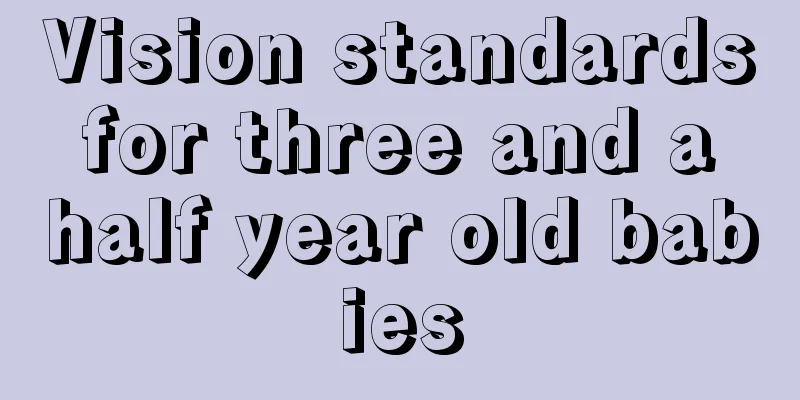How to treat esophageal cancer in the 80s

|
Treatment for esophageal cancer patients over 80 years old should be individualized, taking into account the balance between prolonging survival and ensuring quality of life. Treatment methods include palliative care to relieve symptoms, radiotherapy, chemotherapy, etc., which should be determined based on the patient's physical condition and disease progression. 1. Choose the most suitable treatment plan after evaluating the condition For elderly patients in their 80s, the choice of treatment plan not only depends on the condition of the disease, but also needs to fully consider the overall health status such as heart and kidney function, and whether there are other chronic diseases. Palliative care: If the disease is more advanced and surgery or other aggressive treatments may be unaffordable, the focus can be on relieving symptoms and improving quality of life. Measures include esophageal dilation, stent placement, etc., which can help solve dysphagia. Radiotherapy: For patients with localized lesions who are not suitable for surgery, radiotherapy such as three-dimensional conformal radiotherapy and intensity-modulated radiotherapy is a more commonly used method that can control tumor progression and relieve discomfort. Chemotherapy: Chemotherapy is generally applicable to systemic diseases and is only considered when the patient's physical condition allows. In addition, the elderly may need to reduce the dose of drugs to reduce side effects. Recommended drugs include docetaxel and cisplatin. 2. Pay attention to the nutritional support and psychological counseling of patients Patients with esophageal cancer, especially the elderly, often suffer from malnutrition due to dysphagia, which in turn increases physical exhaustion. Nutritional therapy is very critical. Nutritional improvement: The required energy can be supplemented by adjusting the dietary structure, such as providing a high-protein, high-calorie liquid diet, or by injecting nutrient solution through nasogastric feeding or gastrostomy when necessary. Psychological support: Elderly patients often experience anxiety or depression due to their illness, and their families and medical staff need to give them more care. Appropriate psychological treatment or social support resources can be introduced to help reduce the psychological burden. 3. Other possible treatment measures Targeted therapy and immunotherapy: For some patients with targets, targeted drugs such as pembrolizumab can be used, but the cost of treatment is high and the decision to use it needs to be weighed. Regular follow-up: Dynamically monitor the effects of treatment and the patient's physical condition, adjust the plan according to changes, and promptly identify and address problems. For the treatment of esophageal cancer in the 80s, a personalized plan should be developed based on the actual situation of the patient to find a balance between prolonging survival time and improving quality of life. Seeking treatment advice from a specialist in a timely manner and paying close attention to their physical and psychological changes during treatment are the keys to achieving good treatment results. |
<<: Is it likely that renal cancer will recur after one kidney is removed?
>>: What is the difference between glioma occupying space and non-occupying space
Recommend
How to quickly smooth out a wrinkled leather jacket?
Many people like to wear leather jackets. Leather...
What are some tips for preventing oil from foaming?
People cannot live without oil in their daily lif...
What are the early symptoms of cervical lymphoma and what should patients eat more?
What are the early symptoms of cervical lymphoma?...
What are the acupuncture points for kidney tonification massage
Kidneys are the capital of the new generation of ...
What are the dangers of eating barbecue and drinking beer
Maybe we like to go out for barbecue every night ...
How to quickly remove bruises on the face? It turns out to be like this
Recently, as people become more and more dependen...
Symptoms of bladder cancer in middle-aged and elderly people
The majority of bladder cancer patients are elder...
Does uterine cancer affect pregnancy?
No one can stop every woman from thinking about h...
How to clean frosted leather shoes
A type of leather shoe made of matte fabric is po...
Acupuncture point injection therapy for paraplegics with bone cancer
If a bone tumor occurs in the thoracic spine and ...
What is the reason for chest tightness, breathlessness and back pain
Today's society is constantly developing, and...
How to disinfect dentures
Wearing dentures is the most common way to repair...
What are the taboos for oily skin?
There are many types of human skin. Some people h...
Is bladder cancer really contagious?
Is bladder cancer really contagious? Bladder canc...
Common warts on fingers
Common warts are a relatively common disease and ...









